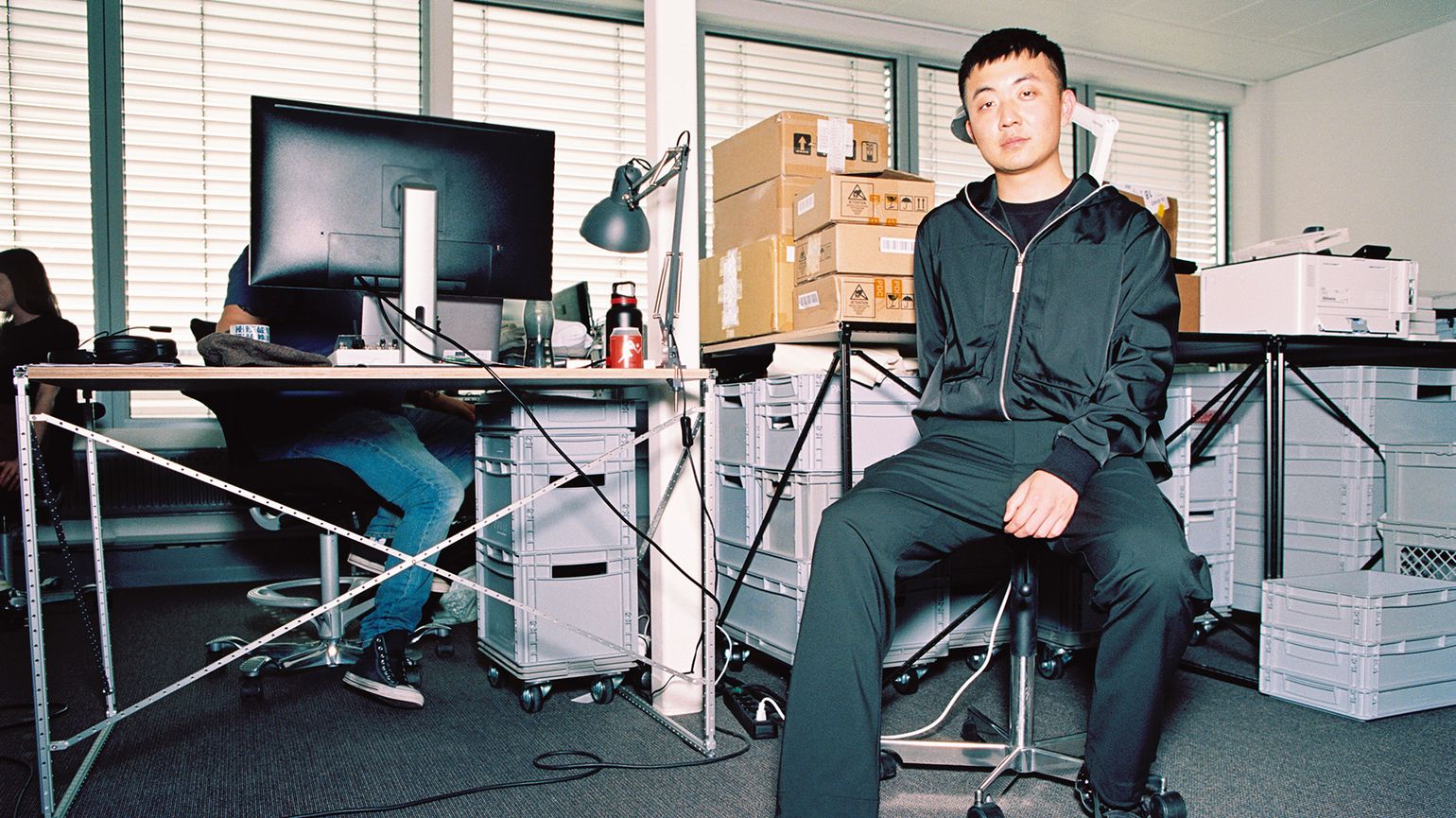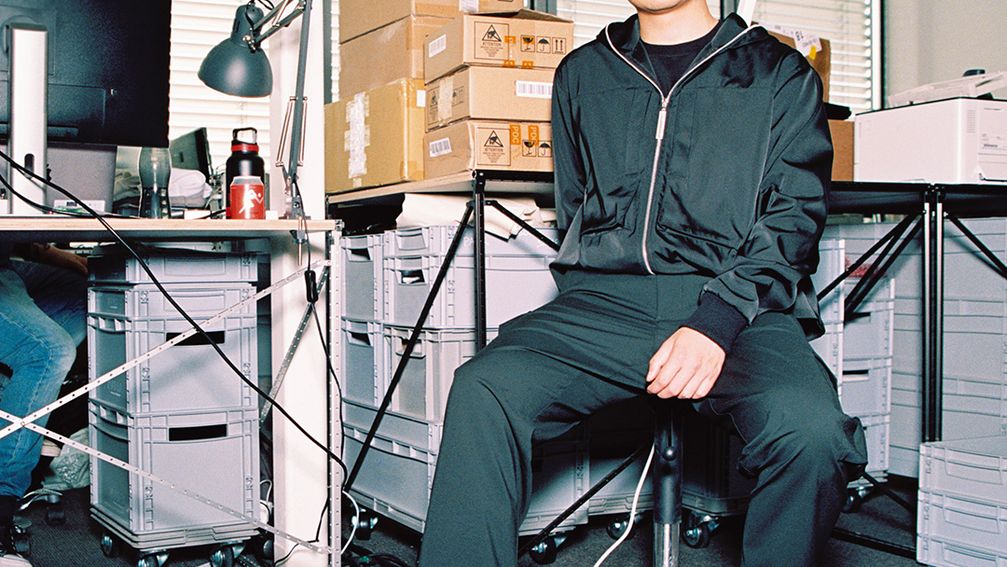Revolutionizing the Smartphone Market: An Interview with Nothing’s CEO Carl Pei


Meet the entrepreneurs disrupting the smartphone market: we chat to Nothing’s CEO and co-founder, Carl Pei, about the pitfalls of revolutionizing consumer electronics when you’re the underdog.
Nothing launched in 2021, and EQT Ventures didn’t stay away for long, investing the year after.
But partner Ted Persson had already been following the co-founder and CEO, Carl Pei, for some time, impressed not only by his vision, but his ability to translate that into real, tangible products.
Case in point: since Nothing’s inception, the British electronics firm has shipped more than two million units to 37 countries. Not bad for just three years in the game.
Carl’s company was born because he missed that “Christmas morning” feeling of unboxing a new piece of technology.
An Apple fan from the start, he bought the first iPod, the first iPhone, and over time, noticed that the technology on the market was becoming less innovative with each so-called upgrade.
So Carl’s niche became more clear: products that are seamless and easy to use and that never get in the way. In other words, they’re as close to “nothing” as possible. The only problem was the small fact that the smartphone industry was essentially impenetrable for startups and disrupters.

Luckily, Carl had experience in crafting cutting-edge technology. He cut his teeth working on global product design and marketing at OnePlus, the Chinese consumer electronics firm.
After seven years, he realized that he couldn’t bring his personal vision into the fold. He planned a six-month career break, but after one week, he got on a plane back to Sweden and started raising money to build Nothing.
Aware that the consumer electronics sector is the opposite of welcoming, Carl’s guiding focus from the start was design.
That said, while he believes innovative design is the fastest way to differentiate one company from another, he doubts any traction will stick without a pragmatic roadmap. Behind Nothing’s ambition is a step-by-step plan: not every step is exciting or straightforward, but each one is essential.
A major component of that plan is branding and design. Carl maintains that his team isn’t just building products, but a cult brand that fosters a community. He sees marketing as a sort of “arbitrage”: an opportunity to turn Nothing’s disadvantages into advantages.
Take the company’s size as an example. Industry titans can’t start a YouTube channel and come across as authentic or relatable – just as pop stars can lose their connection to their audience as they become more famous. Nothing can, and it did.
Over the last year or so, Carl’s team has taken to online channels not as a brand, but as native, human creators.
Often, they review rival smartphones, assessing whether brands can build the same quality of phone for the cheaper prices that they sell them for.
Even the launch of the Phone (2) was on YouTube. In a figure-it-out-as-we-go video with vlogging royalty Casey Neistat, Carl (somewhat impulsively) filmed the product launch.
Besides a strong vision and marketing strategy, Carl’s advice for budding hardware startup founders is, “don’t”.
It’s a tough business, but if a would-be founder has enough grit and determination, Carl urges them to stay pragmatic and cautious. He says that a common mistake, for instance, is optimistically ordering more stock than there is demand, a decision that has killed off many of his rival startups.
It’s also crucial to get reliable suppliers onside: Carl advises against overpromising and under-delivering, as the industry has been burned before and won’t have much patience for a repeat.
So when you give delivery numbers, you need to back them up. As Carl says, “there’s no shortcut in the supply chain.”
Looking ahead, Carl has always believed that smartphones will be the dominant form of computing. But now that AI is developing at a rapid pace, Nothing is preparing to see the landscape change dramatically.
One approach would be to predict a trend and build it, hopefully winning the first-mover advantage if that forecast comes true.
That’s too risky a strategy, though, Carl says. Instead, Nothing plans to watch what works and, more importantly, what doesn’t, iterating and redesigning while learning from the mistakes of others.
Give him five years, and Carl reckons he will have the next form of a “computer” in his arsenal – whatever that will look like by then.
For the latest from ThinQ by EQT follow us on LinkedIn, X, YouTube and Instagram.
ThinQ by EQT: A publication where private markets meet open minds. Join the conversation – [email protected]




